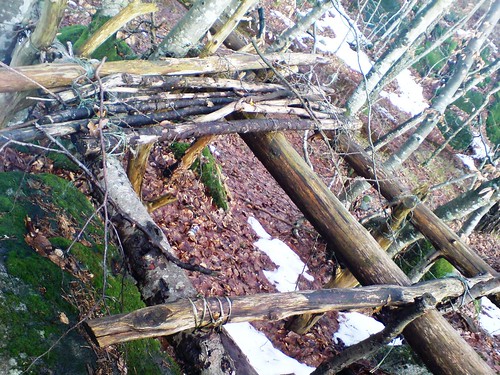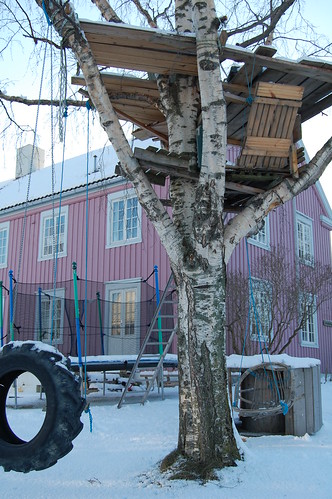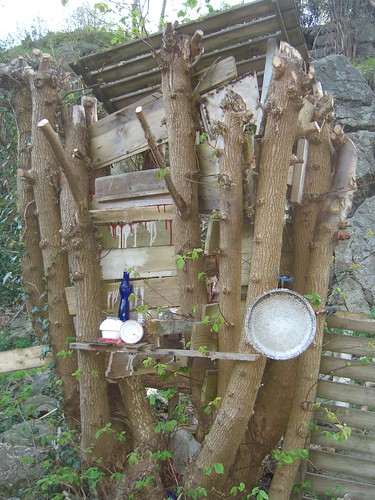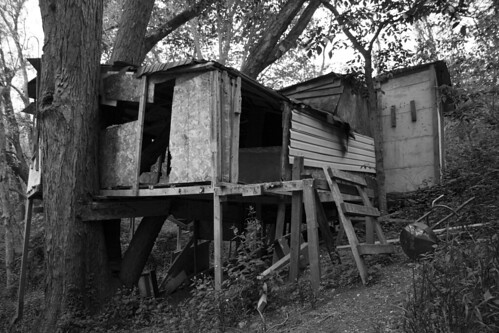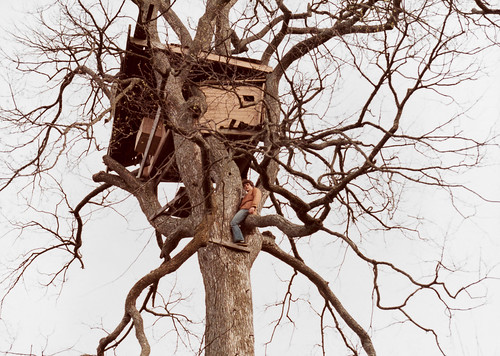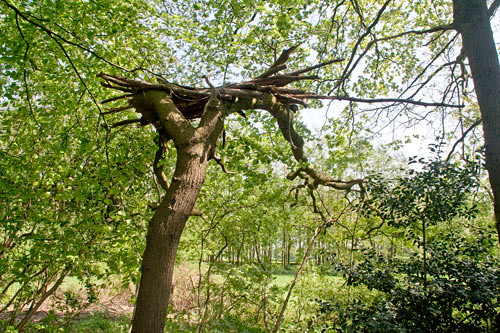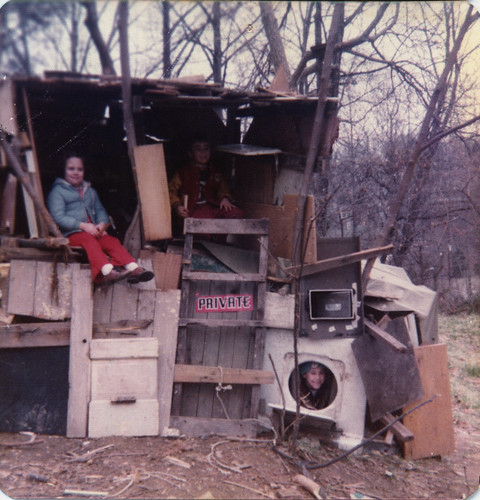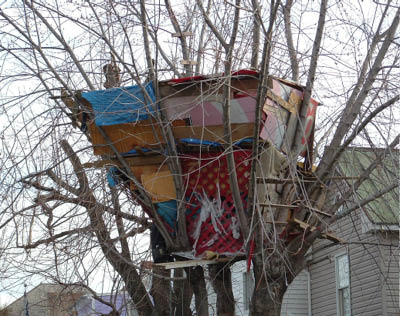
We now publish the preliminary results of the survey conducted within the
Søm-Ruagerkilen Nature Reserve at Fevik, Norway. The area only became protected in 2006, and contains a birch forest housing a wealth of biological diversity, as well as the Ruagerkilen lagoon sheltered from the open sea and containing a number of sea birds.

The survey discovered as many as 9 different localities within the area. The density of huts was particularly striking in the immediate proximity to the lagoon itself, making it likely that the same constructors were responsible for most of these huts. All of these were basic tree huts at various stages of completion, constructed mainly from wooden boards.
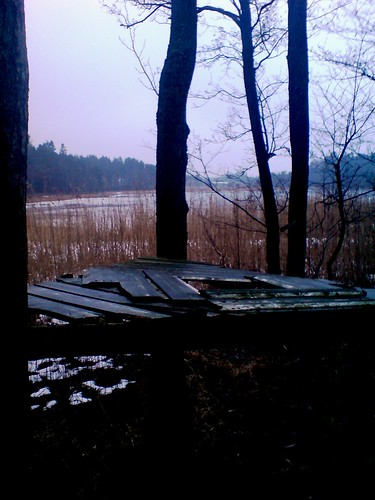

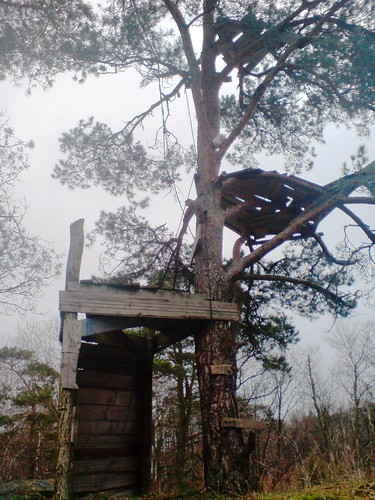
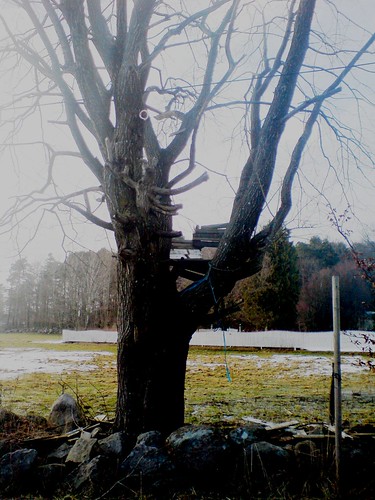
However, there were also two other localities that displayed a completely different culture, notably locality 27, and 32. The former was in fact the most concealed site, located only 20-25 metres from a dirt road at the outskirts of the forest, and the last to be discovered. The site consisted of a sort of rough A-shape shelter built from tree branches and some additional tarpauling. The attempt at concealing the hut makes sense given that it was actually located within the protected forest, making it illegal. However, all of these localities were actually within the protected area.

The only other hut bearing any likeness to loc. 27, was loc. 32, which was found within the protected forest itself. This was also constructed in the manner of a shelter, although missing a full cover. An old hand saw was found at the site, perhaps suggesting that the hut was of considerable age and may have been built before the area became protected. However, it should be noted that both these latter localities were ecologically built, using rope and branches and carefully blending in with the landscape, on the border of making them invisible.
